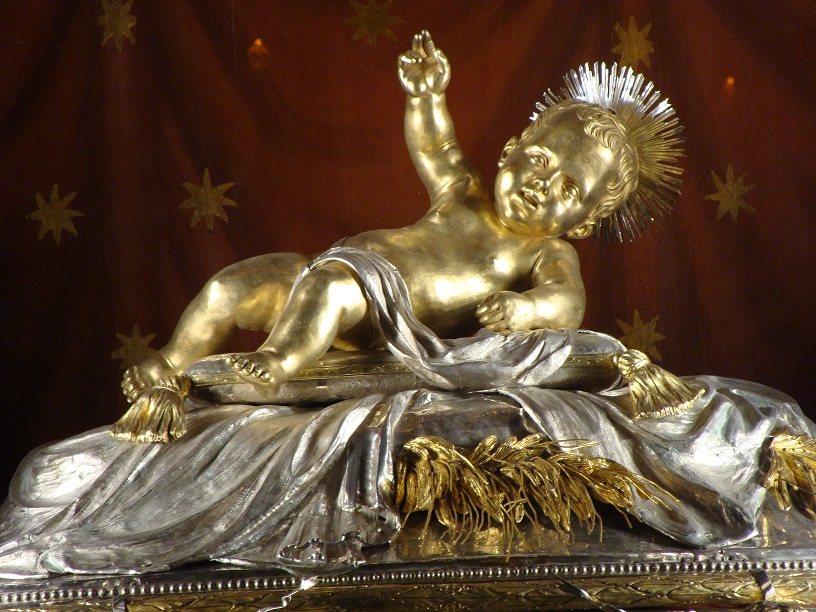V
Victoria33
Guest
https://www.msn.com/en-us/news/worl...heads-back-to-bethlehem/ar-BBXvwdH?li=BBnbfcL
This excerpt is interesting too, who asked for this to be returned? Anyone know? The article says:
I never knew about this. And I know some of us have heard about wood from the cross of Christ and maybe even nails too. Yes, I’m a natural skeptic and wonder about these but I love the stories of course, all the same.The relic, housed in Rome since the seventh century, was presented to the Franciscan custodians of the Holy Land at a mass in the Notre Dame Catholic centre opposite the walls of Jerusalem’s Old city.
This excerpt is interesting too, who asked for this to be returned? Anyone know? The article says:
- Palestinian request -
During a visit to the Vatican for Middle East peace talks in December 2018, Palestinian president Mahmud Abbas asked Pope Francis to repatriate the crib fragment and his request was granted, said Palestinian envoy to the Holy See, Issa Kassissieh.
Last edited:



